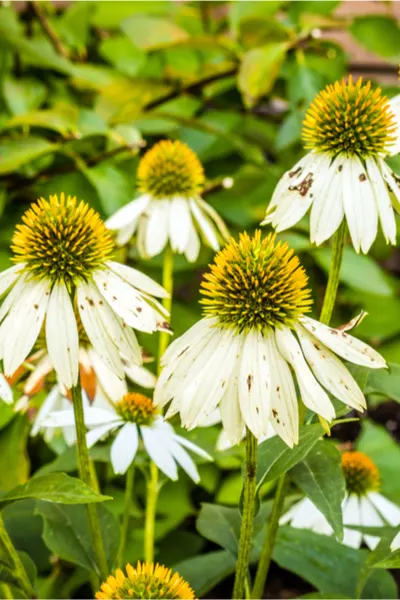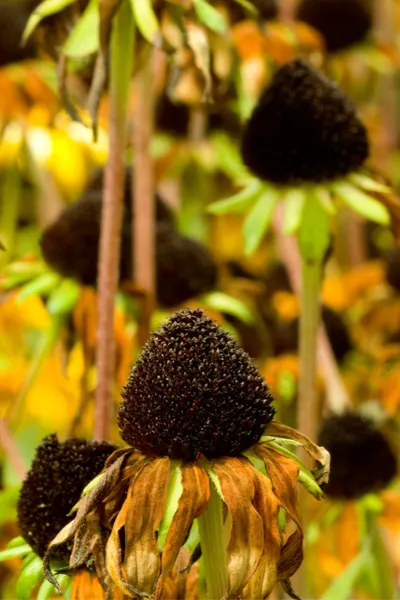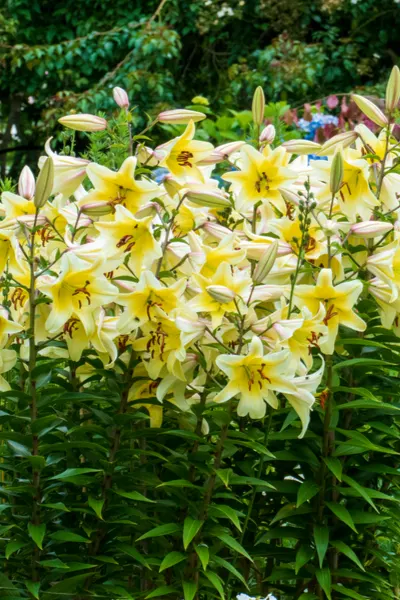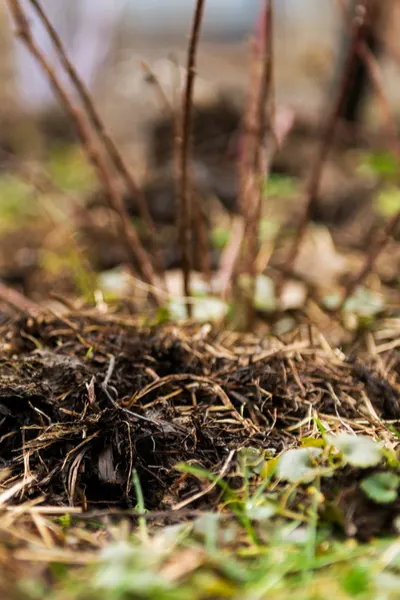Fall is filled with a whole slew of outdoor garden and landscape chores, but there is one you can avoid without worry : the need to fertilize perennial plants in your flowerbeds!
Not only is it unnecessary, it can actually be harmful to the long-term health of perennials. In fact, in some cases, it can even lead to them perishing over winter.

Here is a look at the pitfalls of fall fertilizing, along with a few tips for properly maintaining your perennial plants in autumn.
Perennial Growth In The Fall
As the cooler temperatures of fall settle in, the growth of a perennial plant begins to slow dramatically. Blooms and bloom cycles rarely occur, and in many cases, stop entirely.
In addition, plants cease trying to grow any new branches, stems or foliage as well. This all occurs as naturally, as the plants begin to prepare for the winter ahead.
And although it may seem as though the plant is completely shutting down, it actually is still hard at work. Work that is extremely important to its wintertime survival!

As winter approaches, perennials shift nearly all of their resources underground to their roots. Water and nutrients that were being used to power blooms and foliage now begin to help build strong, healthy roots.
And how strong those roots develop is extremely important to a perennials survival in winter.
Why Not To Fertilize Perennial Plants In The Fall
So you might ask, wouldn’t supplying a bit of fertilizer help them build their roots even more? Surprisingly, the answer is no. Unfortunately, fertilizing perennials in the fall creates a whole host of problems.

When perennials receive a late-season boost of energy, it actually fools them into a spring-like growth mode. One where they stop sending resources to roots, and instead attempt to grow foliage and even produce blooms.
Unfortunately, that late growth then leaves perennials vulnerable to the shock and cold of winter. The result is a plant whose roots are damaged easily, and in some cases, freeze out completely.
Fall Perennial Maintenance
So if you can’t fertilize your perennial plants, what can you do in the fall to help them prepare for winter? First and foremost, it’s vital to cut back and mulch plants before winter sets in. (How To Cut Back Perennials In The Fall)
Removing decaying foliage and adding a protective layer of mulch will help insulate plants through winter, and help to keep pests and disease away as well.

And although high-powered fertilizers are a no-no, you can provide a bit of compost around the plants that will help them as they come out of their slumber next spring.
Although compost is indeed filled with nutrients, those nutrients break down slowly. So slowly that they won’t force new growth, but instead have nutrients ready at the go next spring.
And if you don’t have access to compost, worm castings are a great alternative. Just like compost, they provide an ultra-slow release of nutrients for plants. (Product link : 15lb Bag / Worm Castings)
Here is to preparing your perennials properly for winter, and for strong growth next spring!

This Is My Garden is a website dedicated to spreading the love and knowledge of gardening around the world. We publish two new garden articles each week. This article may contain affiliate links.
